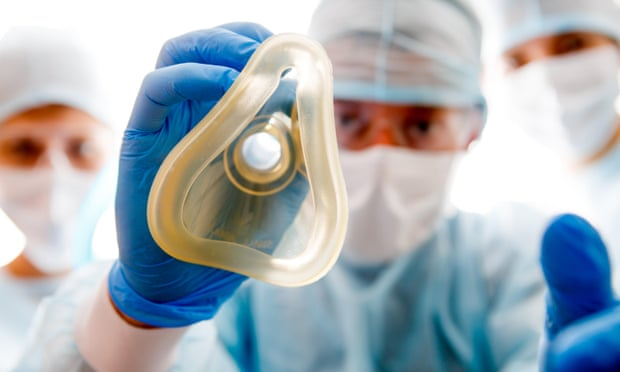The process involves rapidly cooling the brain to less than 10C by replacing the patient’s blood with ice-cold saline solution. Typically the solution is pumped directly into the aorta, the main artery that carries blood away from the heart to the rest of the body.
Known formally as emergency preservation and resuscitation, or EPR, the procedure is being trialled on people who sustain such catastrophic injuries that they are in danger of bleeding to death and who suffer a heart attack shortly before they can be treated. The patients, who are often victims of stabbings or shootings, would normally have less than a 5% chance of survival.
Samuel Tisherman, at the University of Maryland, in Baltimore, described the trial at a recent symposium held by the New York Academy of Sciences. He said at least one patient had had the procedure but did not elaborate on whether that patient or any others had survived. The first time the team performed the process was “a little surreal”, he told New Scientist magazine.
Rapid cooling of trauma victims is designed to reduce brain activity to a near standstill and to slow the patient’s physiology enough to give surgeons precious extra minutes, perhaps more than an hour, to operate. Once the patient’s injuries have been attended to, they are warmed up and resuscitated.
One aim of the US trial is to reduce the brain damage that patients are often left with if they survive such serious injuries. When the heart stops and blood stops circulating, the brain quickly becomes starved of oxygen, suffering irreparable damage within about five minutes.
The trial will compare the outcomes of 20 men and women who receive standard emergency care or EPR. The trial is due to run until the end of the year, and full results are not expected until late 2020.
Previous studies have shown that EPR can help save injured pigs, though it is by no means successful all the time. “We felt it was time to take it to our patients,” Tisherman told New Scientist, which was the first to report on the work. “Now we are doing it and we are learning a lot as we move forward with the trial. Once we can prove it works here, we can expand the utility of this technique to help patients survive that otherwise would not.”
One complication of the procedure is that patients’ cells can become damaged as they are warmed up after surgery.
Though Tisherman’s talk was entitled Suspended Animation, he said he was not exploring ways to preserve astronauts on deep space missions. “I want to make clear that we’re not trying to send people off to Saturn,” he told New Scientist. “We’re trying to buy ourselves more time to save lives.”
Nasa considers that full-on hibernation for interstellar travel is still a distant prospect. The US space agency is instead investigating ways of putting astronauts into a torpor, so reducing their metabolism for extended periods.
Kevin Fong, a consultant anaesthetist at University College London hospital, and the author of Extremes: Life, Death and the Limits of the Human Body, said: “Emergency preservation and resuscitation is an attempt to protect a dying patient by dramatically dropping their body temperature and forcing their physiology into slow motion. It can take a situation in which there are mere seconds to save someone’s life and smear that out into many minutes.
“The cardiothoracic surgeons have been doing something very similar for decades but this is about moving that technique forward, into the emergency department or perhaps maybe even out into the field. In emergency medicine we’re always trying to blur the line between life and certain death, to create something that looks like hope where none previously existed. If EPR works, it’ll be a game-changer.”
More about: #medicalreseach
















































